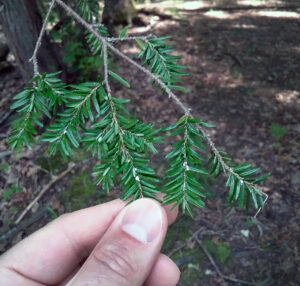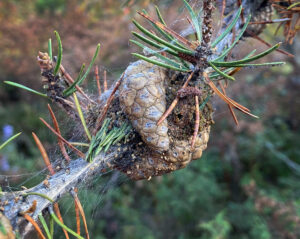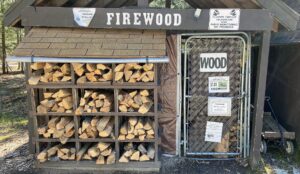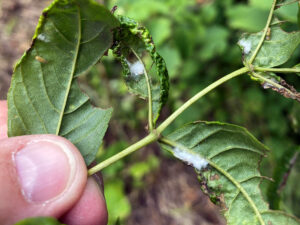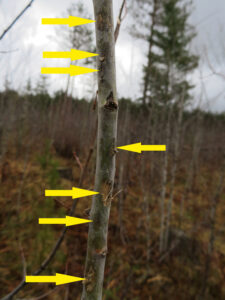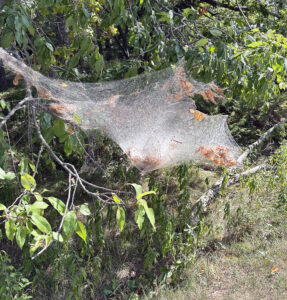
Mature spongy moth larva on a tree at Potawatomi State Park in Door County, July 2025. / Photo Credit: Wisconsin DNR
By Bill McNee, DNR Forest Health Specialist, Oshkosh
Bill.McNee@wisconsin.gov
Wisconsin’s recent period of high spongy moth populations (an “outbreak”) came to an end in 2025, as the remaining known hotspots were aerially sprayed or naturally collapsed. Only a handful of large larvae were observed or reported by property owners.
Spongy moth populations are likely to be low across the state for at least the next few years. However, it is possible that some sites may experience a population increase before then, if local weather conditions are favorable for the insect.
Continue reading “Increased Tree Mortality Seen As Spongy Moth Outbreak Ends”

